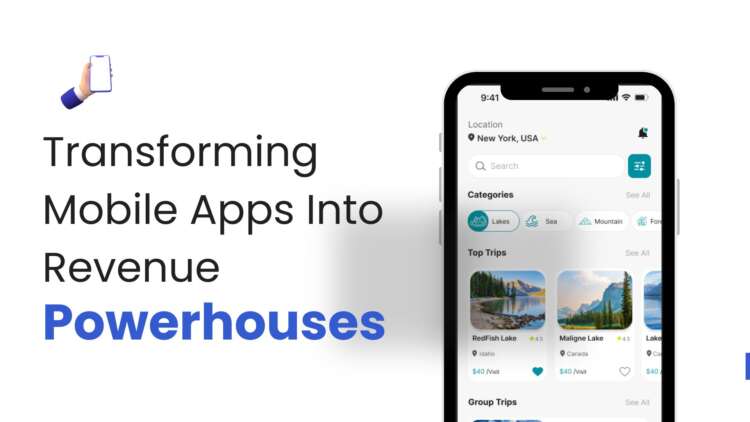Introduction:
In the fast-paced world of the internet, speed is everything. Research shows that users abandon websites that take more than a few seconds to load. So, if you want to keep your website visitors engaged and convert them into loyal customers, it’s crucial to ensure your website loads quickly. But how do you know if your website is up to speed? Fear not, we’ve got you covered! In this blog post, we’ll walk you through the process of testing your website speed and share some valuable insights along the way.
1. Choose the Right Speed Testing Tool:
To kick off your website speed test, you’ll need a reliable testing tool. Fortunately, there are several options available, both free and paid. Some popular tools include Google PageSpeed Insights, Pingdom, and GTmetrix. Each tool has its unique features, so take your pick based on your specific requirements.
2. Start with a Baseline Measurement:
Before you dive into optimizing your website’s performance, it’s important to establish a baseline measurement. This will help you understand the current speed of your website and track improvements over time. Run a speed test using your chosen tool and note down the initial results.
3. Analyze the Results:
Once you’ve obtained your speed test results, it’s time to analyze them. Look for key metrics such as page load time, time to first byte (TTFB), and overall page size. These metrics will give you a clear picture of how your website is performing and help pinpoint areas for improvement.
4. Optimize Your Website:
Now that you have identified areas that need attention, it’s time to optimize your website for better performance. Here are a few optimization techniques you can consider:
– Image Optimization: Compress and resize images to reduce their file size without compromising quality. This can significantly improve page load times.
– Minify CSS and JavaScript: Remove unnecessary whitespace, comments, and code to minimize file sizes. This will help your website load faster.
– Enable Browser Caching: Leverage browser caching to store static elements of your website, such as images and CSS files, so they don’t need to be reloaded every time a user visits your site.
5. Retest and Monitor:
After implementing optimization techniques, it’s important to retest your website’s speed to see if the changes have made a difference. Compare the new results with your baseline measurement to measure the impact of your optimizations. Remember, website speed is not a one-time fix but an ongoing process. Regularly monitor your website’s speed and make necessary adjustments as your content and traffic evolve.
Conclusion:
A fast-loading website is essential for keeping visitors engaged and satisfied. By regularly testing and optimizing your website’s speed, you can provide an exceptional user experience and improve your site’s overall performance. So, take the time to test your website’s speed, make the necessary optimizations, and enjoy the benefits of a lightning-fast website. Remember, speed matters in the online world!
We hope this guide has given you the confidence and knowledge to test your website’s speed and make the necessary improvements. Happy optimizing!



